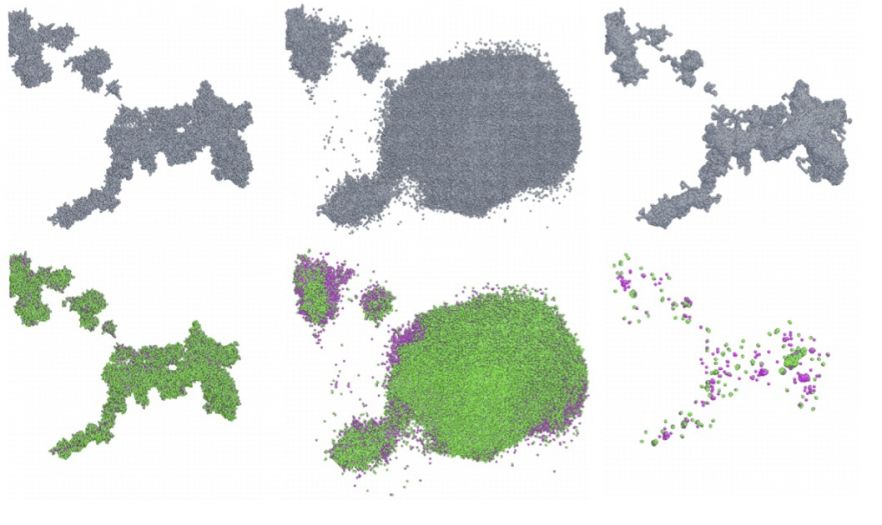State-of-the-art Modelling of Radiation Damage Changes Policy on Nuclear Safety
Queen Mary’s Prof. Trachenko has developed innovative radiation modelling algorithms and implemented them in the leading software framework DL_POLY. Trachenko’s molecular dynamics code is the first in the world to provide on-the-fly modelling of the damage that radiation imparts to a given material. By eliminating computational bottlenecks including large file sizes, Trachenko’s high-performance algorithms are able to model very large systems and high-energy collisions, creating for the first time realistic models of real-world nuclear encapsulation materials. This innovation is of significant global importance given the damaging consequences of radioactive waste and unstable reactor cores.
The code has informed international policy on nuclear materials and waste storage at the US Oak Ridge National Laboratory, the UK National Nuclear Laboratory and the UK Nuclear Decommissioning Authority. The United Nations has used Trachenko’s algorithms to define best practice for the safe disposal of nuclear waste for its 193 Member States, while the UK Atomic Weapons Establishment has used them to improve its storage of nuclear materials, and to streamline working processes.
 Radiation damage in iron from a parallel DL_POLY simulation using 500 million atoms.
Radiation damage in iron from a parallel DL_POLY simulation using 500 million atoms.
